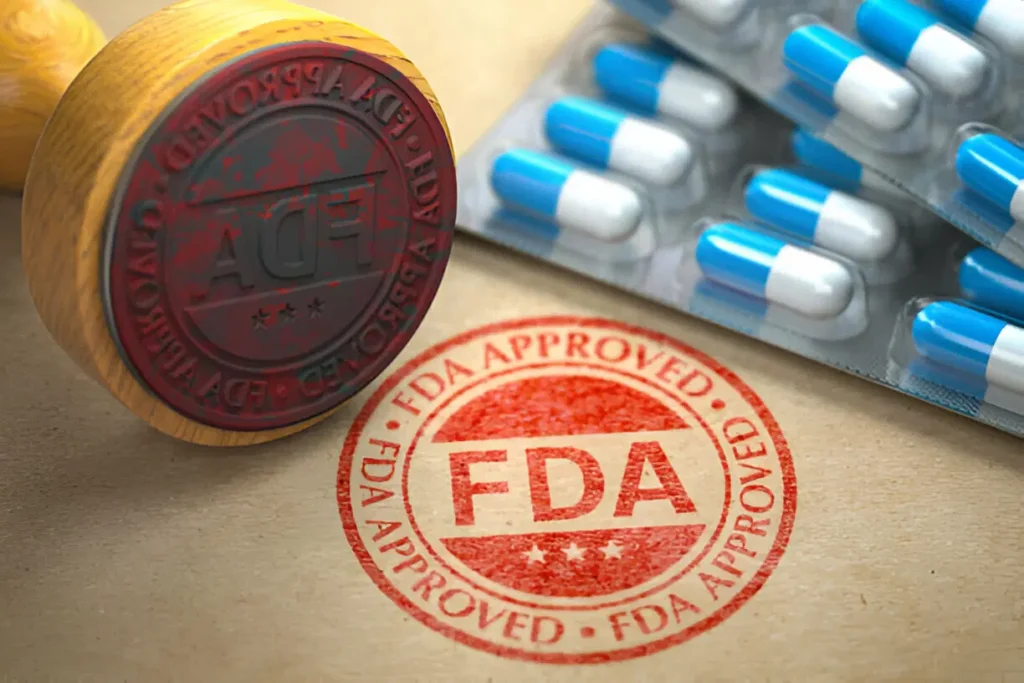For small biotech and biopharma startups, the journey from an innovative idea to an approved drug is a marathon, not a sprint. The U.S. Food and Drug Administration (FDA) approval process is renowned for its complexity and the high stakes involved. It’s a daunting pathway that can determine whether a groundbreaking treatment reaches patients or fades into obscurity. But why is this process so challenging, and what can entrepreneurs do to increase their chances of success?
Understanding the FDA Approval Process
The FDA approval process begins long before a drug ever reaches a patient. It all starts with preclinical research, where the potential drug is tested in labs and on animals to assess its safety and biological activity. This stage, though often overlooked, is crucial—it’s where the foundation for everything else is laid.
If the results look promising, the next step is to submit an Investigational New Drug (IND) application to the FDA. This is the green light needed to move from the lab to human trials. The IND application isn’t just a formality; it’s a detailed document that includes everything from preclinical data to the proposed plan for human testing. Once the FDA gives the go-ahead, the drug enters the clinical trial phase, which is divided into several stages.
In Phase I, the drug is tested on a small group of people—sometimes healthy volunteers, sometimes patients—to evaluate its safety and determine the appropriate dosage. This is where many drugs encounter their first big hurdle. Even if a drug clears this stage, the road ahead is still long and winding.
Next comes Phase II, where the drug is tested on a larger group of patients to assess its effectiveness and further evaluate its safety. This phase is all about figuring out whether the drug actually does what it’s supposed to do. Then there’s Phase III, the final and most extensive phase. Here, the drug is tested on a much larger patient population to confirm its effectiveness, monitor side effects, and compare it to existing treatments.
After Phase III, if the drug has proven itself, the company submits a New Drug Application (NDA) to the FDA. This application includes all the data from the trials, along with detailed information about how the drug is made, packaged, and labeled. The FDA’s review process is rigorous, often taking several months or even years. The agency examines every detail before deciding whether the drug can be marketed.
However, the journey doesn’t end with approval. The drug enters Phase IV, also known as the post-marketing surveillance phase. Thousands of patients may use the drug in the real world, and it’s closely monitored for any long-term safety issues, side effects, or rare adverse reactions that may not have shown up in earlier trials. This phase is essential for understanding the drug’s effectiveness over time and across diverse populations.
Why Is It So Hard to Get Through?
For startups, the FDA approval process is particularly challenging. The costs associated with each stage are enormous, with the clinical trials, especially in Phase III, requiring substantial financial resources. Small companies often struggle to secure the necessary funding, making it hard to stay afloat during the lengthy process.
Time is another major factor. The entire process, from preclinical research to FDA approval, can take over a decade. That’s a long time to keep the lights on, especially for startups operating on tight budgets. And then there’s the complexity of the process itself. The FDA’s standards are incredibly high, and even a minor mistake in trial design or documentation can lead to delays or outright rejection.
But perhaps the biggest challenge is the uncertainty. Even with the best planning and the most promising early results, there’s no guarantee of success. A drug that looks good in early trials can fail in later stages, or the FDA might request more data, leading to further delays and costs. The stakes are high, and the risks are real.
Advice for Entrepreneurs
So, what can entrepreneurs do to improve their chances of navigating this challenging process? First and foremost, it’s essential to plan for the long haul. Secure funding that will sustain your company through the inevitable ups and downs. Surround yourself with experts who understand the FDA’s requirements and can guide you through the process.
Another key piece of advice is to embrace the complexity rather than fear it. The FDA’s stringent standards are there for a reason—they ensure that new drugs are safe and effective. By thoroughly understanding these standards and preparing for every possible contingency, you can increase your chances of success.
Finally, don’t underestimate the importance of resilience. The FDA approval process is tough, and there will be setbacks. But with perseverance, the right strategy, and a bit of luck, your innovation could be the next breakthrough that changes lives.
Navigating the FDA approval process may be one of the most difficult challenges a biotech startup will face, but for those who succeed, the rewards—both for your company and for the patients who benefit from your work—are immeasurable.

